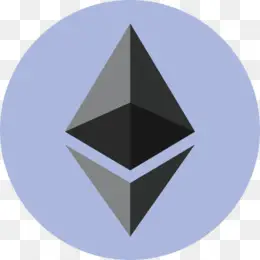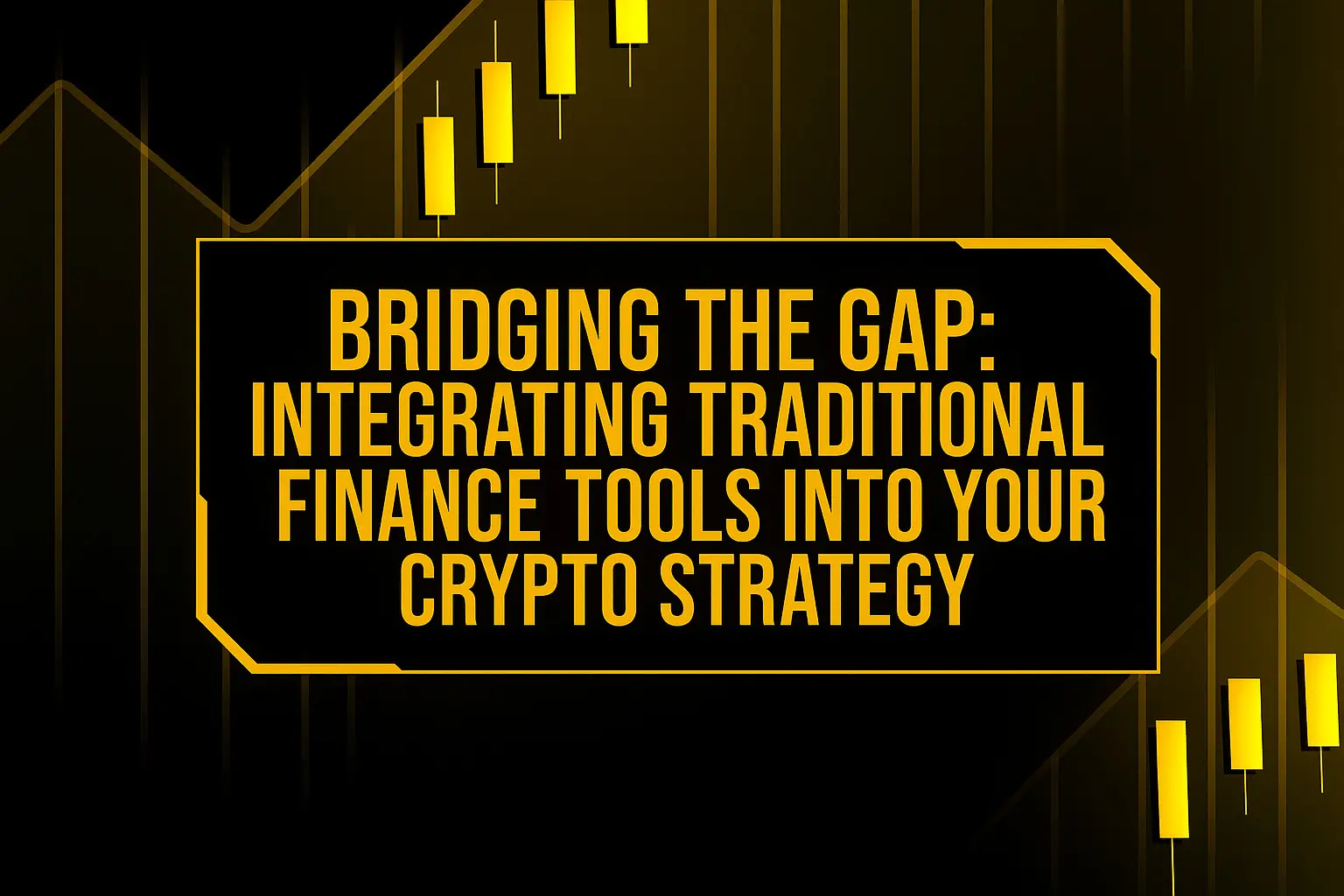Table of Contents
Crypto and traditional finance (TradFi) used to feel like opposing universes. On one side, crypto promised decentralization and disruption. On the other, Wall Street guarded its tried-and-true systems with skepticism.
But today, the smart trader knows: these worlds aren’t enemies – they’re complementary. The strongest strategies borrow the best from both. By mixing crypto’s innovation with TradFi’s stability, you create a portfolio that’s diverse, resilient, and future-ready.
The Power of Diversification

The crypto market is a rollercoaster – thrilling bull runs followed by brutal corrections. That volatility attracts traders, but building your financial life on it alone is like betting everything on a single coin toss.
Diversification is the antidote. By adding assets such as stocks, commodities, or forex, you give your portfolio balance. When crypto crashes, strength in other sectors cushions the fall. For instance, in 2022 Bitcoin dropped nearly 60%, while gold rose close to 10%. Holding both meant some traders preserved capital instead of watching their balance evaporate.
This isn’t about abandoning crypto. It’s about fortifying your foundation so you can survive bear markets and strike when new opportunities arise.
Using CFDs as a Gateway
How do you tap into traditional markets without opening multiple brokerage accounts? Enter Contracts for Difference (CFDs).
CFDs let you speculate on price movements without owning the underlying asset. That means you can go long or short on everything from the S&P 500 to gold, oil, or forex pairs – all from the same account.
Example: If you believe Bitcoin might dip but the S&P 500 looks strong, you can hedge your exposure by going long on the index through a CFD. Losses in crypto can be offset by gains in stocks, keeping your portfolio steady.
Pro Tip: Always practice CFD trading in a demo account first. They’re powerful, but leverage can magnify both profits and losses.
Quick Comparison: Traditional Assets vs Crypto
| Asset Class | Volatility Level | Typical Role in Portfolio | Best Use for Crypto Traders |
|---|---|---|---|
| Cryptocurrency | Very High | Growth & speculation | High upside; core innovation exposure—manage risk tightly |
| Stocks | Medium | Long-term growth & dividends | Balances crypto swings with steadier appreciation |
| Commodities (Gold, Oil, etc.) | Low–Medium | Inflation/uncertainty hedge | Adds defensiveness during risk-off periods |
| Forex (FX) | Medium | Liquidity & macro exposure | Hedge crypto risk with major currency pairs |
| CFDs | Varies by underlying | Flexible speculation without ownership | Short-term hedging/diversification; practice with demo first |
The Advantage of a Unified Platform
Managing separate accounts on crypto exchanges and traditional brokerages can be messy. A true step forward is multi-asset platforms that let you trade everything in one place.
Why it matters:
- Efficiency – Monitor all positions from a single dashboard.
- Clarity – A full picture of your capital at any moment.
- Flexibility – Switch between crypto, stocks, or forex without juggling logins.
Platforms like YWO Trading are pioneering this, giving traders seamless access to diverse markets under one roof.
Platform & Tools Comparison
| Platform | Coverage | Key Features | Best For |
|---|---|---|---|
| Binance | Crypto spot & derivatives | Huge liquidity, staking, futures, copy trading | Crypto-focused traders seeking depth/liquidity |
| MetaTrader 5 (MT5) | Forex, indices, commodities, CFDs | Advanced charts, Expert Advisors (bots), backtesting, multi-timeframe analysis | Traders wanting pro analytics & automation |
| YWO Unified Platform | Crypto + TradFi (multi-asset) | Single login, cross-asset watchlists, consolidated P&L tracking | Traders managing both crypto & traditional assets in one place |
Note: Features vary by provider and region. Always check fees, regulations, and available instruments before committing.
Leveraging Professional-Grade Tools

Professional traders don’t rely on basic line charts. They use platforms like MetaTrader 5 (MT5) – the industry standard for forex and CFD trading. Now, crypto traders can use the same.
Why MT5 matters:
- Advanced charting with dozens of technical indicators
- Multi-timeframe analysis for deeper insights
- Automated trading (Expert Advisors)
- Copy trading and backtesting features
Bringing this technology into your crypto strategy is like upgrading from a bicycle to a racing car. You’re still moving forward – but much faster, with more control.
Risk Management: The Overlooked Essential
Here’s where many crypto traders fail: risk control. Diversifying and using professional tools is meaningless if you ignore risk. Borrow this principle from TradFi: never risk more than 1–2% of your account per trade.
Simple practices make a difference:
- Always set stop-losses.
- Use position sizing, not emotion, to decide trade size.
- Hedge high-risk trades with safer assets.
TradFi’s obsession with risk isn’t boring – it’s why institutions survive downturns while retail traders get wiped out.
Education and Mindset: Becoming a Hybrid Trader
Crypto rewards risk-takers. TradFi rewards discipline. To thrive long-term, you need both.
A hybrid trader studies charts like a Wall Street analyst but stays open to innovation like a crypto native. They’re not maximalists. They’re opportunists – able to pivot between markets without bias.
This mindset isn’t built overnight. It’s shaped by constant learning, testing strategies, and accepting that losing trades are tuition fees for the bigger game.
Conclusion
The line between crypto and TradFi is fading. Traders who cling to one world risk missing out; those who master both will thrive.
By diversifying, experimenting with CFDs, using unified platforms, adopting pro-grade tools like MT5, and practicing disciplined risk management, you set yourself apart.
The future of trading isn’t crypto versus TradFi. It’s crypto + TradFi. And the traders who embrace both will be the ones still standing when the dust settles.
Crypto Ping Pong Digest
Trash style news. You will definitely like














